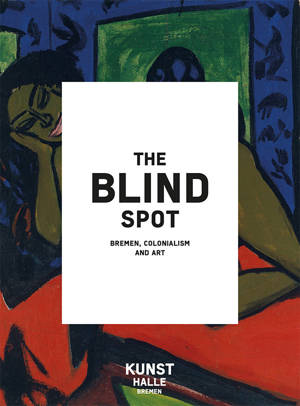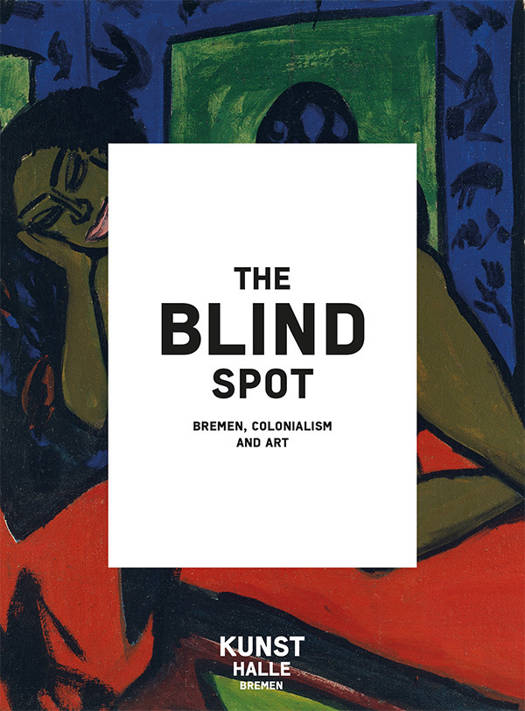
- Afhalen na 1 uur in een winkel met voorraad
- Gratis thuislevering in België vanaf € 30
- Ruim aanbod met 7 miljoen producten
- Afhalen na 1 uur in een winkel met voorraad
- Gratis thuislevering in België vanaf € 30
- Ruim aanbod met 7 miljoen producten
Zoeken
€ 45,95
+ 91 punten
Omschrijving
In the nineteenth and early twentieth century, the Hanseatic city of Bremen was a flourishing centre of rapidly growing international trade, profiting from colonial expansion and overseas migration. These global relations also left their traces in the Kunstverein in Bremen. Many works which were acquired by the museum during the colonial period reflect stereotypes of the foreign and exotic. The authors trace these colonial blind spots in the collection of the Kunsthalle Bremen. They examine the history of the Kunstverein in Bremen within the context of the city's trade and global connections and investigate the colonial implications of works by, amongst others, Ernst Ludwig Kirchner, Emil Nolde and Fritz Behn. These European perspectives are set in dialogue with works by modern and contemporary artists from the African and Asian continent. Thus, the book not only enables a postcolonial perspective on the collection of the Kunsthalle Bremen, but also on early modern art in general. Funded by the Program Fellowship International Museum of LOGO
Specificaties
Betrokkenen
- Auteur(s):
- Uitgeverij:
Inhoud
- Aantal bladzijden:
- 192
- Taal:
- Engels
Eigenschappen
- Productcode (EAN):
- 9783496015925
- Verschijningsdatum:
- 9/08/2017
- Uitvoering:
- Hardcover
- Formaat:
- Genaaid
- Afmetingen:
- 178 mm x 249 mm
- Gewicht:
- 1451 g

Alleen bij Standaard Boekhandel
+ 91 punten op je klantenkaart van Standaard Boekhandel
Beoordelingen
We publiceren alleen reviews die voldoen aan de voorwaarden voor reviews. Bekijk onze voorwaarden voor reviews.








